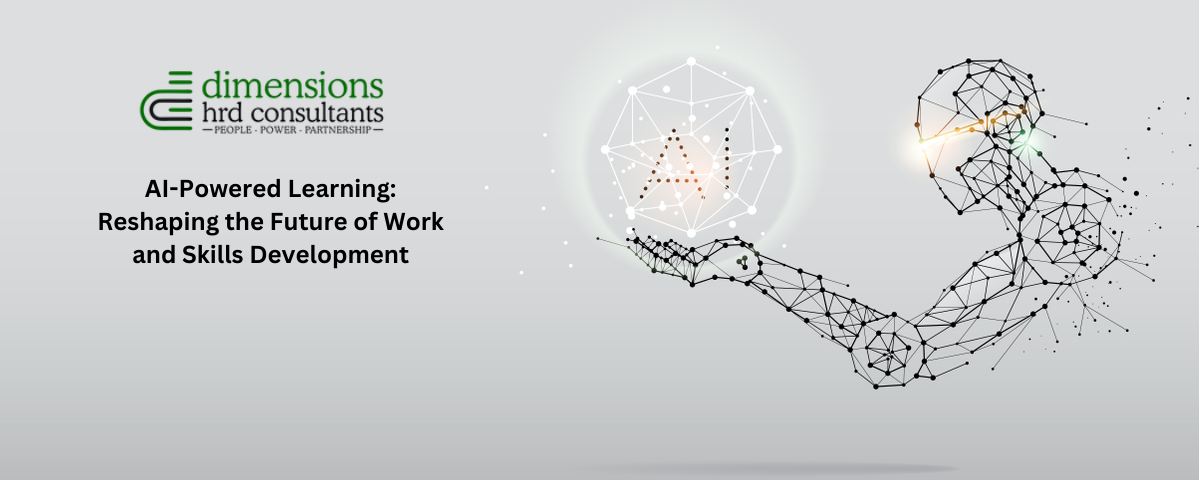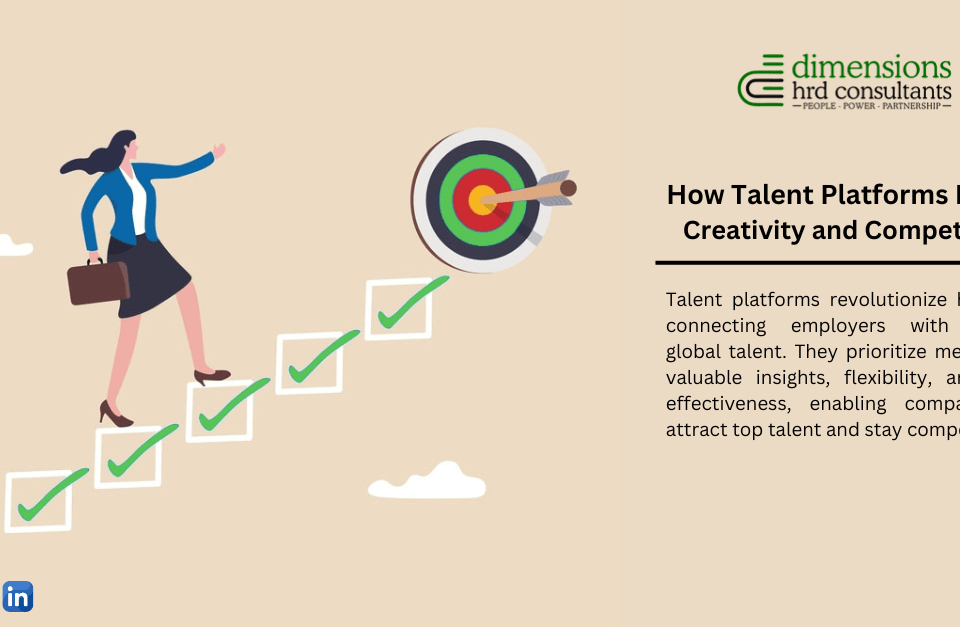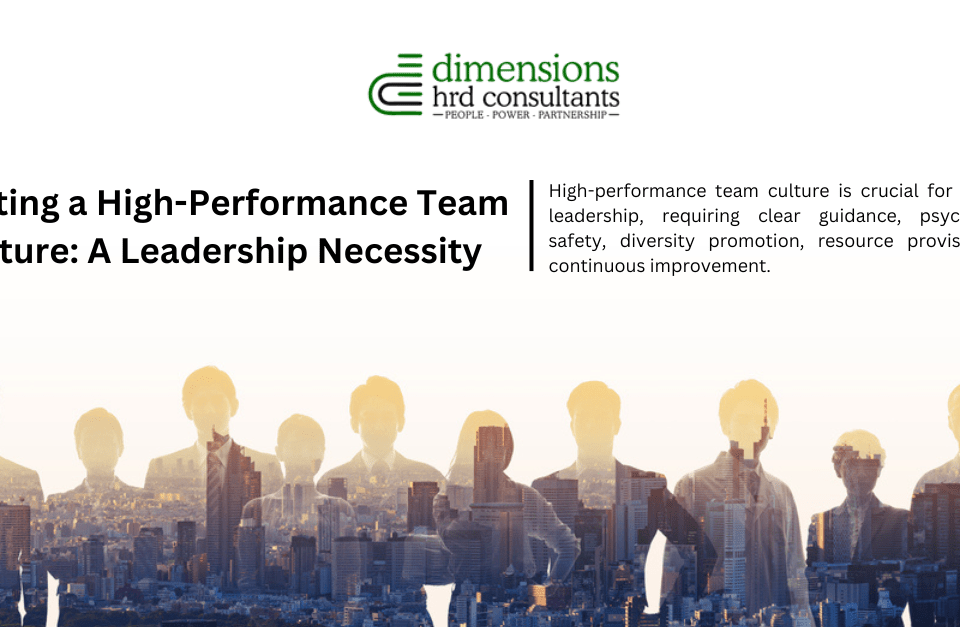
AI can transform how humans learn and build abilities. However, several problems need to be addressed.
Artificial intelligence has already simplified procedures, improved decision-making, and automated mundane operations across a variety of businesses. Generative AI, in particular, is transforming creativity by producing content, designs, and code. This not only improves productivity, but also opens up new opportunities in industries like content production, design, and software development.
These technologies will change the future of work by redefining skill needs, with an increased demand for those who can successfully use AI to develop and cooperate. As AI advances, its effect on the workplace will grow, presenting new possibilities and difficulties for both companies and employees.
AI has the ability to transform how humans learn and build abilities. AI can help humans learn more effectively and efficiently by automating chores, discovering new skill requirements, and providing personalized learning experiences.
Here are some of the elements influencing the shifting landscape of workforce development:
● Automation is taking over repetitive jobs previously performed by humans. This forces workers to learn new skills in order to keep ahead of the competition.
● Adaptability to changing technology is crucial for success in the workplace.
● Globalization of the workforce requires successful collaboration among individuals from many cultures and backgrounds.
Employees need to constantly learn new skills and adjust to new technology if they want to stay ahead in the dynamic workforce. This necessitates a desire to acquire and welcome diverse skills. There are several options for upskilling and reskilling, including taking courses, attending seminars, and participating in online learning initiatives. Networking with other professionals and learning from their experiences helps you grow as a person and improve your skills.
AI for Learning and Development
Using AI and machine learning to automate learning and development (L&D) provides several advantages for L&D executives. It speeds up course creation, allows for greater training reach, and improves training quality.
One notable benefit is that it streamlines the organization and distribution of training materials. AI and machine learning help define job responsibilities and the abilities necessary for such jobs. They also mark the training materials with explanatory labels. This makes it easier to transform this content into useful courses.
AI discovers appropriate training material, and machine learning ensures its accuracy. This ensures that the appropriate training reaches those in need as early as possible. It also helps to expand training programs. Even large collections of training content may be converted into well-organized courses suitable for a variety of training styles and providers.
Another major advantage is that it improves the training. Prior to AI and machine learning, users had to manually arrange training materials. This might be problematic because individuals may overlook critical details or hold opposing views on what is significant. However, with AI and machine learning, this is no longer an issue. Training plans can incorporate everything that’s necessary and make the training much better.
The Concerns of Using AI
The incorporation of AI into skills transformation has great promise, but it also creates a number of possible problems and ethical concerns. One such difficulty is bias in AI systems, which might accidentally lead to discrimination against particular learner populations. For example, an AI system trained mostly on resumes from one demographic may unintentionally prefer applicants from that group when proposing persons for job openings. This emphasises the significance of careful monitoring and bias reduction in algorithms.
Furthermore, the enormous data collecting in AI-powered services presents serious privacy problems. The abundance of learner data, although useful for customisation, might impinge on people’ privacy. This data might be used to track learners’ progress, infer their interests, or even forecast their future behaviours, emphasizing the importance of strong data security and consent systems.
In addition, the vulnerability of AI systems to security threats puts learners’ data at danger, potentially leading to identity theft, financial fraud, or intellectual property theft. Striking a balance between AI’s promise and these ethical concerns is critical to ensuring a fair and safe skill revolution.
Finally, as AI technology progresses, the possibility of job displacement grows. AI’s automation potential might transform sectors and result in workforce migrations, perhaps inflicting economic hardship for impacted workers.
Contact Us
Email: [email protected]



